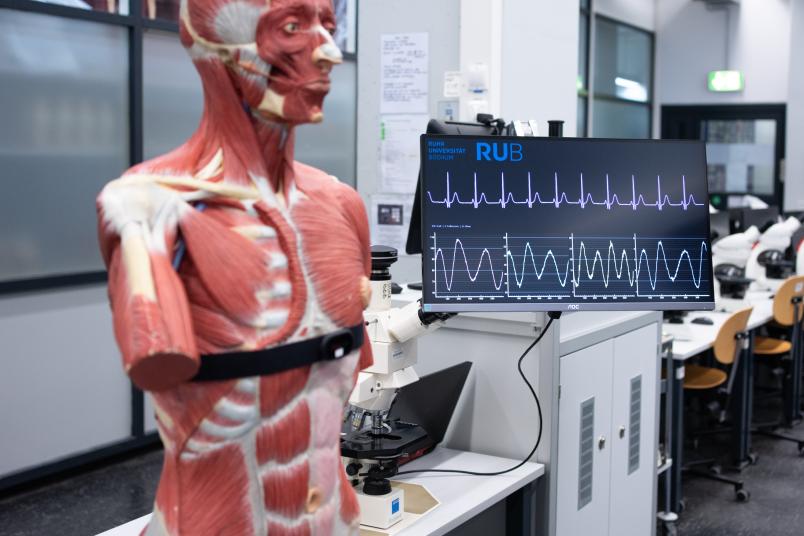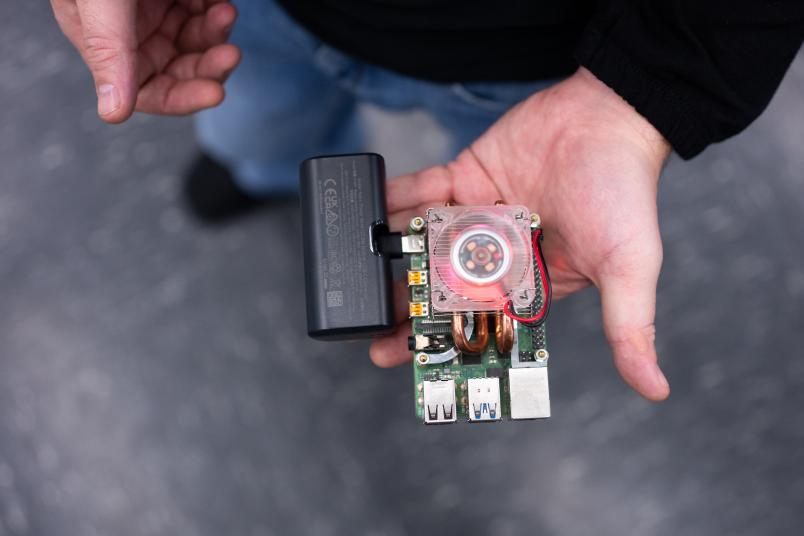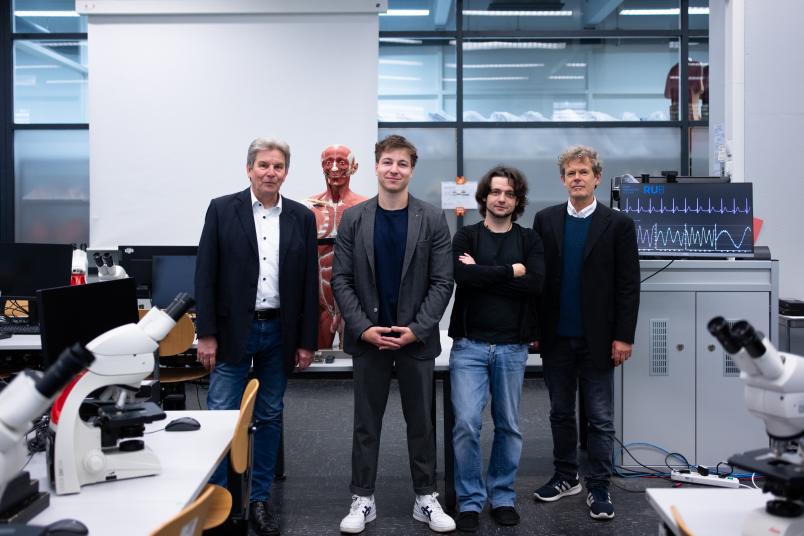Artificial intelligence
When Machines Learn to Feel
A newly developed interface connects heartbeats with AI.
In addition to linguistic prompts, large language models can also understand, interpret, and adapt their responses to heart frequency data. Dr. Morris Gellisch, previously of Ruhr University Bochum, Germany, and now at University of Zurich, Switzerland, and Boris Burr from Ruhr University Bochum verified this in an experiment. They developed a technical interface through which the physiological data can be transmitted to the language model in real time. The AI can also account for subtle physiological signals such as changes in heart activity. This opens new doors for use in medical and care applications. The work was published in the technical magazine Frontiers in Digital Health on September 26, 2025.
Table and visualization of the data – no problem
For their experiment, the two researchers used a common device that measures heart rate variability via a chest strap. The data acquired from this were decoded, filtered, and condensed. In real time, the processed heart data were fed into the large language model GPT-4. In response to a corresponding prompt, the AI was able to correctly display the transmitted heart data in a table containing average values, minimum, maximum, and other information. “Evaluation and visualization occur directly in the LLM environment, without any external statistical or plotting software,” says Burr. On request, the AI also visualized the measured heart data.
“We also tested our system in a range of real-time interaction scenarios, including an experiment on cognitive stress, in which the language model adapted its output based on heart frequency reactions to minor and major demands,” reports Gellisch. The system was able to identify differences in the heart frequency patterns between tasks of low and high cognitive demand, and then react to these in the AI output. “Our experiment is not a validated psycho-physiological study, but rather a proof-of-concept scenario,” Gellisch emphasizes. The goal was to show that the language model can respond to physiological parameters in real time when they are input via the developed interface.
Added value for various tasks
“The integration of physiological signals in AI offers clear added value,” the two authors state. Language models can thus consider text inputs as well as real-time indicators of autonomous condition, which could lead to more adaptive and context-sensitive interactions when learning and making decisions, and in healthcare. “The interface is not only interesting for education and research scenarios, but also for medical and healthcare applications, such as identifying stress, exhaustion, or emotional dysregulation in real time,” says Gellisch.
The project was developed with assistance from Professor Thorsten Schäfer, Dean of Studies of the Faculty of Medicine, and Professor Eckart Förster, Director of the Chair for Neuroanatomy and Molecular Brain Research at Ruhr University Bochum.


